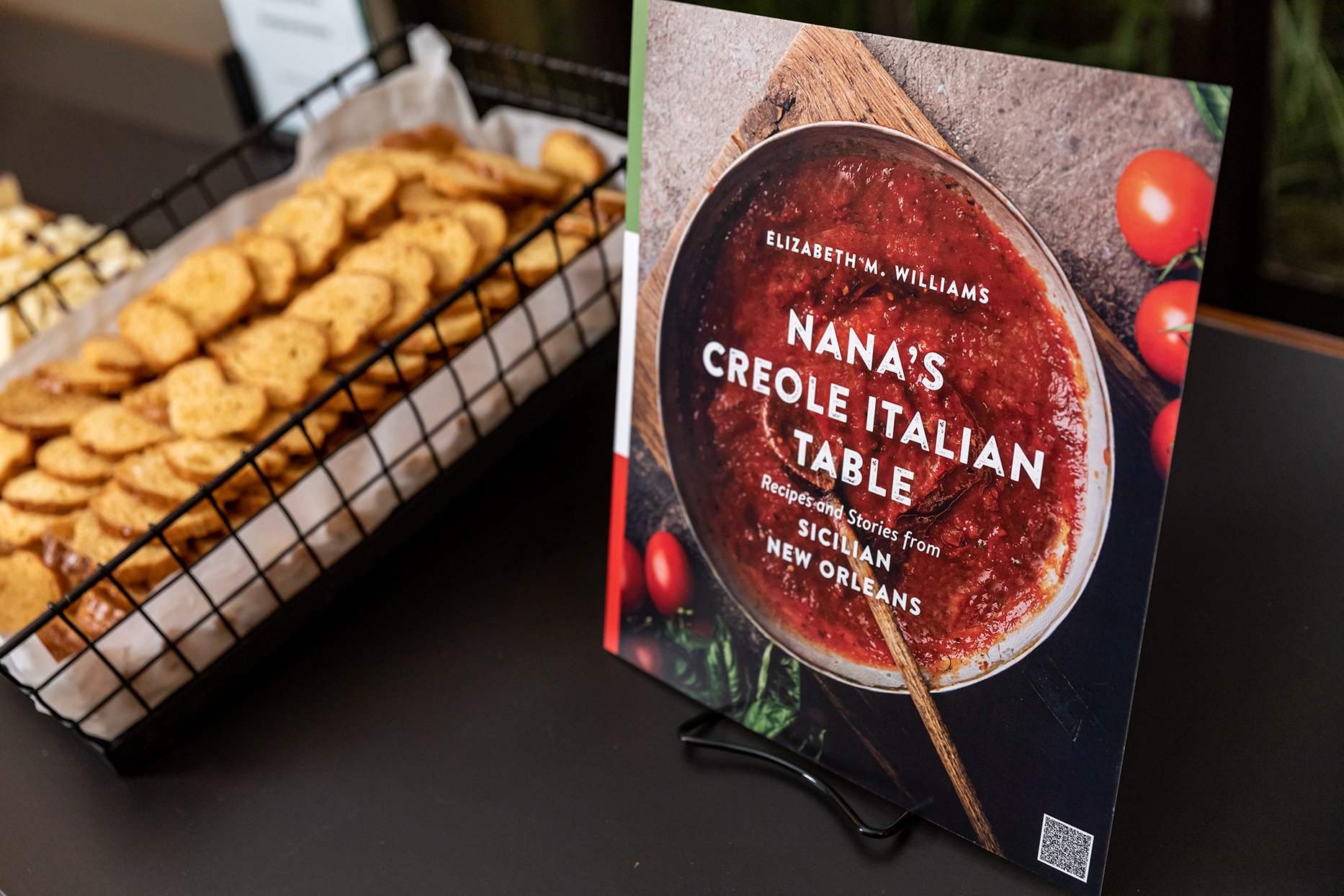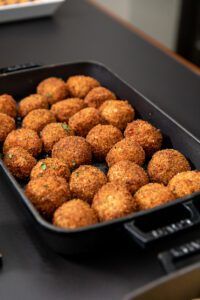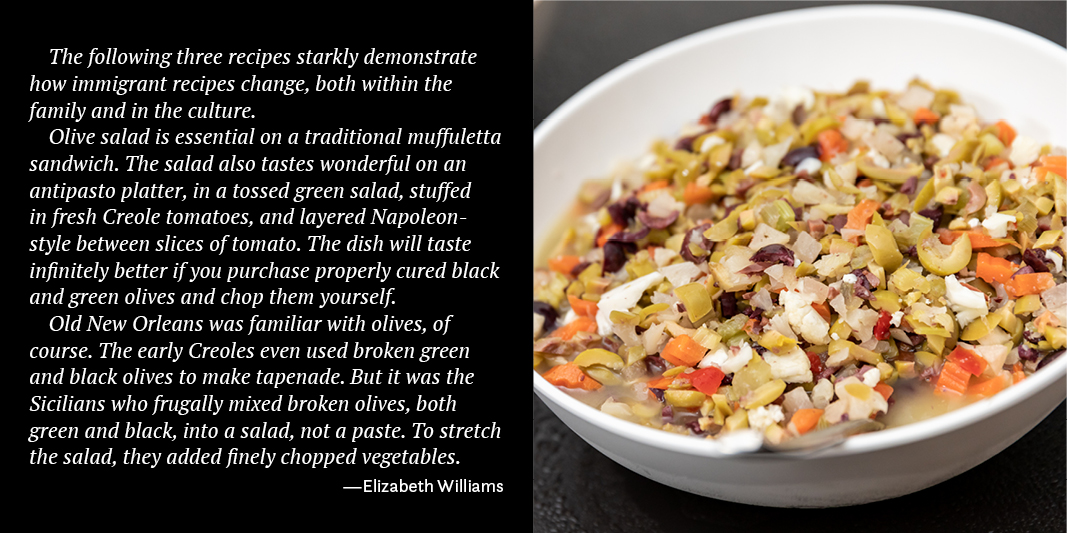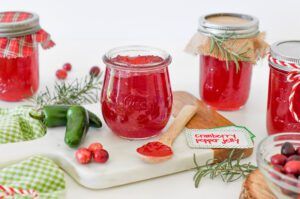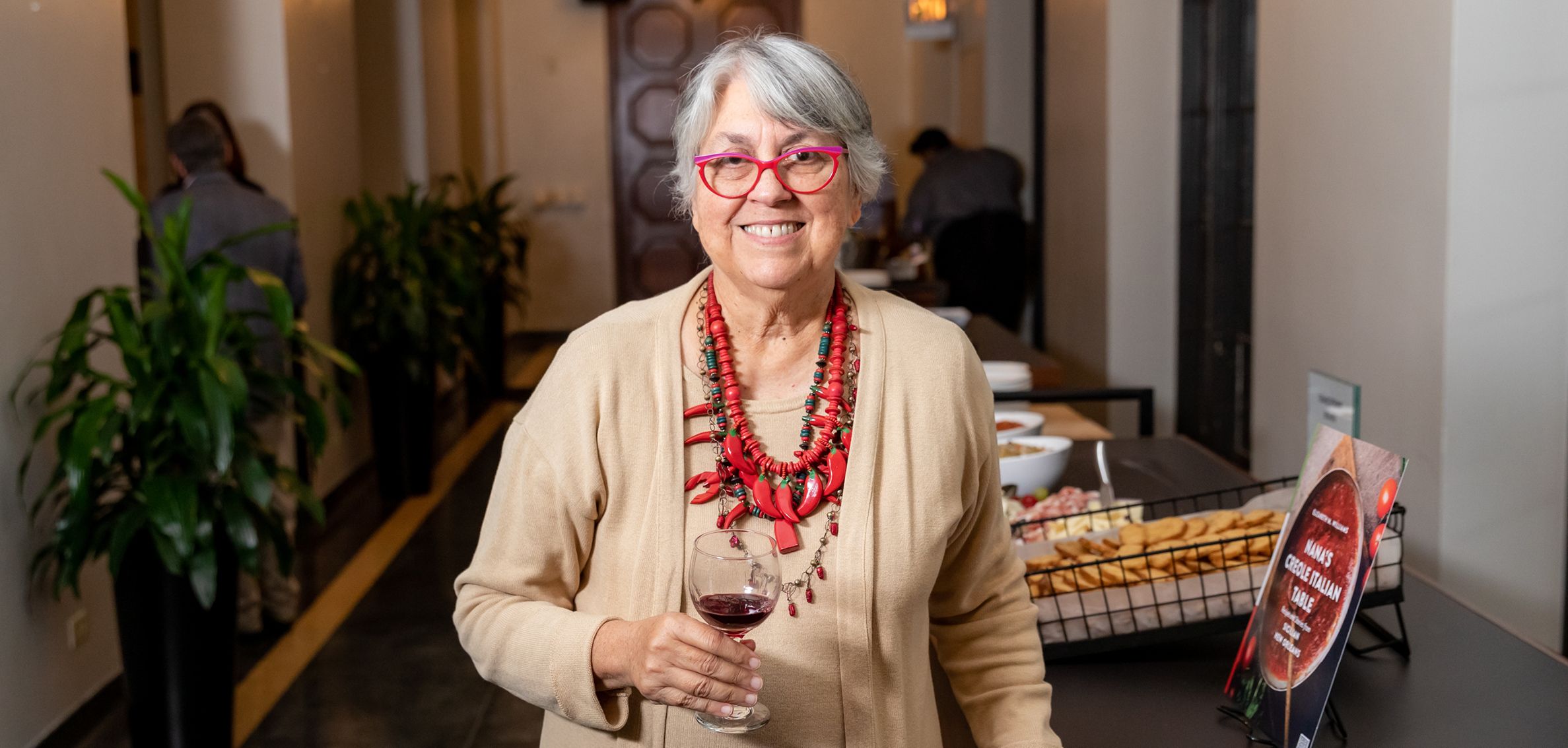
Culinary pro Elizabeth Williams shares her family’s Sicilian roots and recipes in a new cookbook
Some books are page turners. A great cookbook beckons you to the kitchen from the enticing cover photo. A historical narrative takes you to the place where the author’s footsteps have been.
Liz Williams’ new book Nana’s Creole Italian Table, published this month by LSU Press, is a blend of all three: an intimate introduction to her Sicilian family tree, a deep dive inside the family’s recipe archives, and a step back in time to when New Orleans’ French Quarter was called Little Palermo.
“I didn’t see it when it was at its most robust, but I watched that generation die off and how the traditions were lost,” Williams says. “I wanted to make something universal through my own experience. I’m so fortunate to grow up in a place like New Orleans with Italian traditions. I grew up in the Sicilian community, surrounded by Sicilians. We know the heritage we carry on is fading. We need to honor and preserve it.”
Throughout the chapters, Williams walks readers back to the fascinating history of the Sicilian migration to New Orleans more than a hundred years ago, where they discovered a land of plenty and brought the flavors of Italy to this new shore. Williams, a founder of the Southern Food & Beverage Museum and president of the National Food & Beverage Foundation, takes the reader by the hand to forage for and cook with nature’s abundance. Her homemade pastas, sauces and vegetable dishes all have an Italian accent inflected with a taste of the new land. Guided by her grandmother Elisabetta Baiamonte, Williams shares the family secrets. “I highlight the frugality of the culture,” she says. “Nothing was wasted. My grandmother made her own vinegars from leftover wine. She made her own liqueurs. She made herbed waters to spritz on the laundry.”
Channeling her grandmother’s spirit, she shares the brilliant conversion of leftovers in a series of “waste not, want not” encores. “We often fried leftover polenta, which is nothing more than cold polenta fried in olive oil until it’s crispy on the outside and creamy in the middle. Sometimes this tasted better than the original dish,” she says.
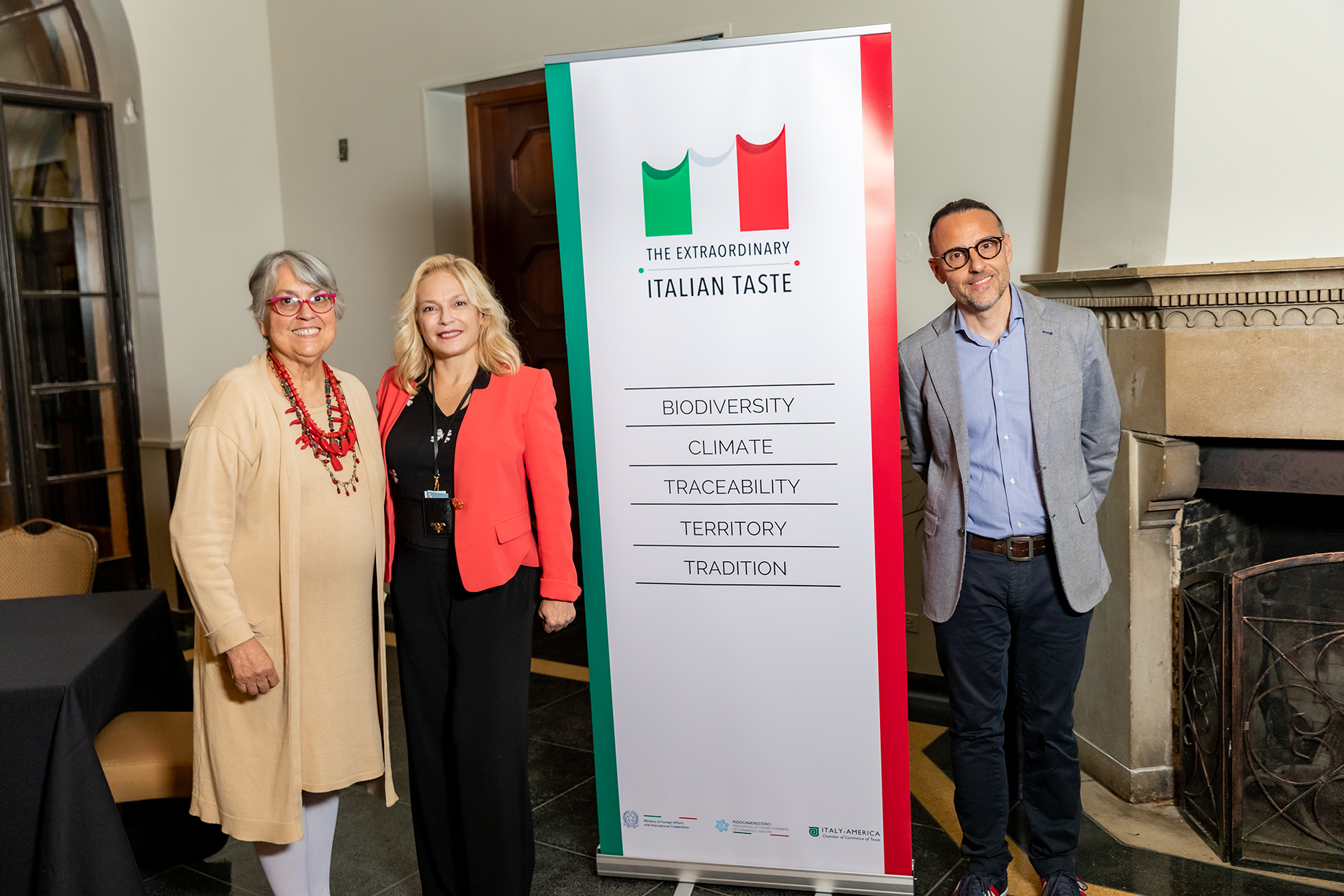
There are ideas for the best light supper if a late lunch leaves you wanting just a nibble, the delicious “what’s next” for yesterday’s dried-out loaf of bread, and tempting recipes to jazz up leftover rice. Bacon grease has a top-shelf role—next to the olive oil, of course.
Interwoven with cherished photos and approachable recipes, the book directs readers to the kitchen to play. The handmade orecchiette instructions begin with making a mountain with two types of flour and punching a crater in the middle before adding water, kneading and shaping the dough first into logs, then into large peas before finessing them into little ear shapes. There is the sense that three generations of women are standing by with their experience, coaching the cook through every step.
Nana’s Creole Italian Table is an invitation to stock the pantry, bar and kitchen the Italian way, fill the table with family and friends, and make room for one more. There is a recipe for every skill level and all occasions with permission for the home cook to improvise, with an appeal to use real Italian products that really make a difference.
Three-Generation Olive Salad
I call this recipe Three-Generation Olive Salad because, though it’s my version, it is basically the way my mother made this salad from a recipe she modified from my grandmother’s. I wanted to add freshness to my mother’s recipe, so I include thinly sliced fennel and baby artichokes, which add crunch. These two ingredients also cut the saltiness.
Ingredients:
1 anchovy filet
About 1½ cups fruity olive oil, divided
About 10 boiled and quartered baby artichokes (fresh is best, but if frozen, about 2 packs, boiled and cooled)
3 cups coarsely chopped cured green olives with pimento
2 cups coarsely chopped black olives
1 cup finely diced celery
1 cup finely diced raw carrot
1 cup finely diced raw cauliflower (optional)
1 very, very thinly sliced lemon, including any juice you can save
1 fennel bulb, sliced thinly on a mandoline
4 cloves garlic, minced
6 Tbsp. chopped fresh oregano or
4 Tbsp. dried oregano
¼ cup coarsely chopped capers
Freshly ground black pepper to taste
Salt (optional)
1 cup fresh basil leaves (optional)
In a large bowl, mash anchovy with 1 Tbsp. olive oil until anchovy totally dissolves. If you think you need more olive oil, add another 1 Tbsp. Mix in all other ingredients except remaining olive oil and basil leaves.
Add enough olive oil to barely cover mixture. Stir well so everything is evenly distributed. Let it sit an hour, then taste. If it needs more acidity, add a bit more lemon juice. Because of the olives and anchovy, this salad will probably not need additional salt, but add it if you like. If you want, throw in fresh basil leaves right before serving.
Makes about 2 quarts.
Josephine’s Olive Salad
My mother, Josephine, added the thinly sliced lemons, a much-needed zing of acid that I think makes this dish more interesting. As the lemons age in the salad, you can eat the entire lemon, peel and all.
Ingredients:
1 anchovy filet
About 1 ½ cups fruity olive oil, divided
3 cups coarsely chopped cured green olives with pimento
2 cups coarsely chopped black olives
1 cup finely diced celery
1 cup finely diced raw carrot
1 cup finely diced raw cauliflower
1 lemon, sliced as thinly as possible
4 cloves garlic, minced
6 Tbsp. chopped fresh oregano or 4 Tbsp. dried oregano
¼ cup coarsely chopped capers
¼ cup lemon juice
Salt (optional)
For serving: freshly cracked black pepper
In a large bowl, mash anchovy with 1 Tbsp. olive oil until anchovy totally dissolves. If you need more olive oil, add another 1 Tbsp. Mix in the rest of the ingredients, except for remaining olive oil.
Add enough olive oil to barely cover mixture. Stir well so everything is evenly distributed. Let it sit an hour, then taste. If it needs more acidity, add a bit more lemon juice. Because of the olives and anchovy, this salad will probably not need additional salt, but add it if you like. Garnish with freshly cracked black pepper.
Makes about 2 quarts.
Nana’s Olive Salad
This is my Nana’s version of olive salad. It is extremely similar to the original salty, chopped olive, garlic, and vegetable condiment that was sold by New Orleans’ various Sicilian grocers and slathered on muffulettas.




